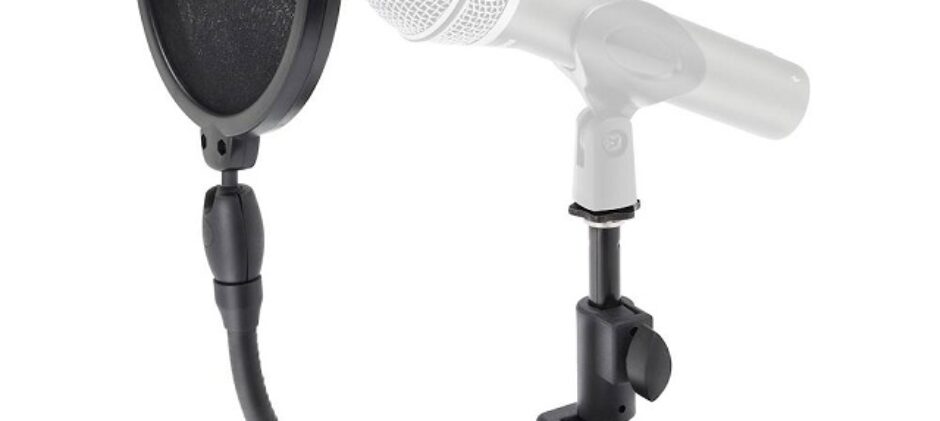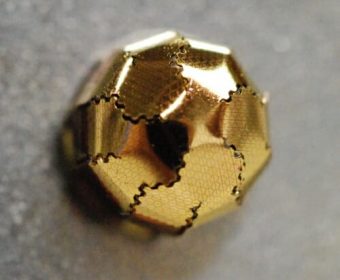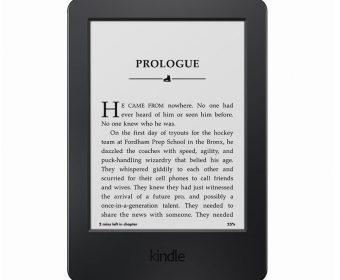- Homepage
- Gadget News
- What is a Microphone Pop Filter?
What is a Microphone Pop Filter?

Whenever you see any photograph of a voice actor during a studio session, nearly everyone features a pop filter. However, if you find them pictured everywhere, it doesn’t indicate that you will need the shield. Is it possible to position it with the microphone to achieve a similar result? The article lets you know all the things.
What is a Microphone Pop Filter?
A pop filter, known as a pop shield or pop screen, is a noise protection shield used for microphones. Generally, people use it in a recording studio. It helps to decrease popping sounds that the mechanical impact of fast-moving air creates from plosives during recorded speech and singing. These enable you to keep the saliva off the microphone during recording.
Types of Pop Filters:
Two types are available, including nylon mesh and thin metal. The genuine version of the tool is nylon mesh type, and people have been using them for decades. These generally run around $20 on average, relying on the company you will purchase.
The mesh type is beneficial as it helps to prevent plosives properly. However, a few engineers say mesh types can cut some of the top ends off a vocal. So it is when metal types come to their use. These are a more recent invention and can last longer than their mesh counterparts.
You can wash them easily and get rid of all the spit built up on your shield. A metal type is available for around $50 on average, and the metal type generally lasts longer. But the mesh type is replaceable and dependable also.
Why Do You Need A Pop Filter?
People use these to stop plosives. These are the blasts of air coming from the mouth while using words with hard letters, such as B’s, P’s, T’s, etc. It causes a loud blast of air to go to the microphone’s capsule. As a result, it can cause overloading unpleasantly. In addition, it can create the sound “pop” at that point in the word.
These help to filter out the pops of your vocal sound. Besides, they help to disperse the air in different directions. But, after that, it will not hit the microphone in one big blast, and it can’t keep the plosives from sounding too harsh in the recording.
You will find plosives louder in microphones than these do in real life. Therefore, if you don’t want to carry this shield in your back pocket every time you sing, you can use this shield used to record vocals.
Generally, you will find Plosives harsh in condenser mics for the proximity effect. In this case, the low end of a voice gets louder, and it becomes louder when a singer remains closer to the mic. As a plosive is a low-end energy, it gets amplified even more in condenser mics. Therefore, it indicates that you need to use this shield with a condenser.
If you are willing, you can take the help of a dynamic or ribbon mic, but not a hard-and-fast rule.
How to Use a Pop Filter?
If you are willing to use it accurately, your job is to keep it about 2–6 inches away from the microphone. After that, you need to ask the singer to keep away a few inches from the shield.
If a singer wants, they can sing into the shield directly, and it will not affect the intensity of the plosives. However, a few singers prefer to keep the distance from the microphone consistent.
If you’re a singer with extra loud plosives, try to angle it 30–45 degrees up or down, and it will include more wind-dispersal power to the shield.
Construction of Pop Filter:
It consists of one or more layers of acoustically semi-transparent material like woven nylon. Besides, the device comes with a clamp and a flexible mounting bracket. Instead of using nylon, metal types use a fine mesh metal screen. In addition, studio condenser mics come with an integral shield available for their design.
These contain wider holes with a more negligible effect on high frequencies and are long-lasting. However, you need to know one thing you must not attach the shield directly to the microphone.
The Function of Pop Shield:
The device can exceed the microphone’s design input capacity, leading to clipping. In addition, these don’t appreciably affect hissing sounds or sibilance.
Moreover, it can offer protection against the accumulation of saliva on the microphone element. As the salts in human saliva are corrosive, using this shield helps to improve the microphone lifespan.
Usually, this shield is not the same as a microphone windscreen. However, you can use these in a studio environment to improve the sound quality of the recorded voice.
On the other hand, the windscreens are especially for outdoors and eliminate any low distortion. Vocalists use these also to decrease plosives and saliva.
Why Do Popping Sounds Occur?
These sounds are like P and B letters and occur naturally in speech. For example, suppose you are holding a candle in front of your mouth while talking. Hence, you will find the sounds making the flame flicker.
The sounds can be heightened when your mouth is significantly closer to the microphone while recording. These interact with the microphone’s diaphragm to generate an output signal. In this case, this shield works as a barrier between the microphone and the sounds.
What Are Plosives?
You can hear these sounds while recording in a DIY vocal booth or a professional studio. However, you may be careful while recording a professional voice-over, and you can use microphone placement and shields to avoid the sounds during the recording phase.
What Does a Pop Filter Do for a Microphone?
When you use these devices, they help to cut out issues on both the high and low ends. Thus, you can edit the recording easily and deliver better-sounding demos, auditions, and finished work. But, of course, it depends upon you if you are willing to use them for your work.
Benefits of Pop Screens:
- Perfect for indoor use
- Cut out problems on both the high and low ends to remove unnecessary sounds and frequencies.
- Remove popping sounds due to the mechanical impact of fast-moving air
- Decrease plosives like Ps and Bs
- Keep the balance of moisture off the mic
What Does A Reflection Filter Do?
It works as a physical barrier between the studio areas (from where the unnecessary sounds come) and the microphone. Besides, it can hold back the excessive noise also.
Conclusion:
Generally, the popping sound occurs in the pronunciation of aspirated plosives. For example, when you pronounce the first ‘p’ in the English word “popping.” ‘t’, ‘k’, ‘d’, ‘b’, and ‘g’ sounds are examples of other plosives.
Frequently Asked Questions:
- What does pop shield do?
It helps to decrease or eliminate popping sounds during recorded speech and singing.
- Is Pop Screen necessary?
You should use it while directly recording a voice in front of a microphone. However, it is non so essential for live music use.
- Which is better- a pop shieldor foam?
A foam cover helps to block the wind and prevents interference with the microphone in open-air settings. But the shields can suppress the popping in a better way and plosive sounds from your mouth. However, both help to decrease the pressure created on the microphone.



